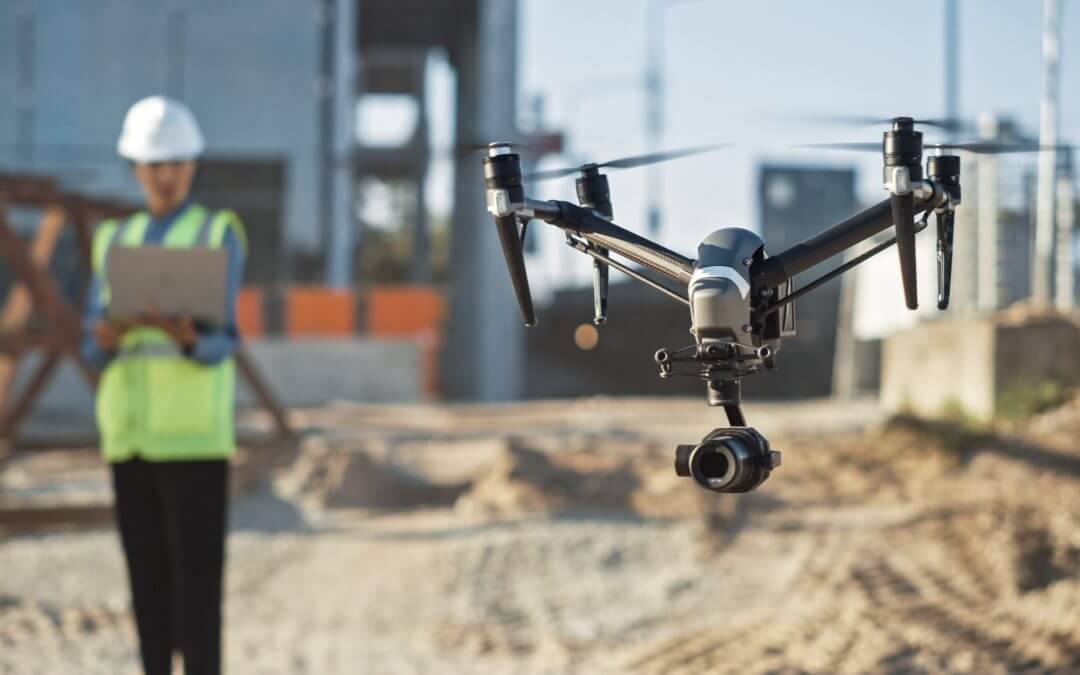“Hundreds a year are killed inspecting power lines, inspecting gas lines and cell phone towers. They fall. There are helicopter crashes. We can eliminate all that with autonomous drones and artificial intelligence.” – Brian Krzanich, Businessman
Ever since the worldwide COVID pandemic, leaders in the drone industry have discovered more unprecedented drone use and applications.
Now, more than ever, many businesses across the globe are exploring drone use to perform critical tasks more efficiently.
Is your organisation one of them?
In this blog, we share why organisations around the world should consider adopting drones as a new tool and be inspired by the few industries who have already taken the first step in employing drones.
Why organisations should adopt drones as a new tool
How drone use can aid government institutions and public organisations with refugee management
Unmanned aerial vehicles can help site planners understand the topography and the slope and elevation information of a potential settlement site. To easily determine the factors, such as the amount of usable land, how many people can be housed in a site, potential flood risks, and the mitigation measures in such instances are some of the important information from which every planner could benefit.
In one such instance, in September 2016, CartONG and the Swiss Foundation for Demining tested the use of drones for mapping and aerial photography to plan a settlement for refugees.
Archeological teams are exploring drone use for mapping and surveys
Drones have become the new, efficient alternative to the rather tedious method of fieldwalking or pedestrian survey. This advanced tool allows researchers to map large areas of historically rich lands in more accurate and non-invasive ways.
UAVs, in this case, can help archeologists collect not only images and videos, but also assist in the creation of 3D models and high-quality maps.
A DJI Phantom UAV was used in the Atacama desert in northern Chile to accurately map, analyse, and interpret a group of late prehispanic agrarian elements like fields and irrigation canals. This was done successfully with the ground and SFM-based photogrammetry approach that captured detailed aerial images.
Delivery drones will soon take off like never before
Packages, medicines, food, vaccines, essential supplies – you name it, and a drone can deliver a lightweight and time-sensitive package. Walmart, UPS, Google’s Wing, and Dominoes have all been testing the idea of drone delivery.
DID YOU KNOW: Amazon’s Prime Air is working on a drone delivery service for packages under 2.3kg that will be delivered in under 30 minutes.
At the moment, many use cases have been for emergency situations, such as the San Francisco-based Zipline that launched a new program in Ghana to deliver medical supplies and UPS delivered medical samples in the USA. The opportunities and potential for drone use are wide open.
Conclusion
Businesses like the BBC use drones for journalism; Balfour Beatty Construction uses it for 3D modelling; and Shell Oil Refinery resorts to drones to conduct critical inspections. This developing technology has a range of uses that could help you tackle critical challenges within your business too.
We can help you with your drone program needs
Drones are becoming the tool of choice for many industries and organisations to keep your people safe, save lives, make life easier, and improve efficiency. It’s the right time for you to consider and implement what’s best for your business going forward.
If you have drone program requirements, get in touch with Mirragin at admin@mirragin.com.au.
Or to find out more about drones and their future in business, subscribe to our podcast.

